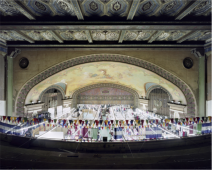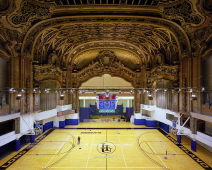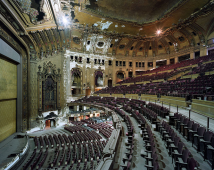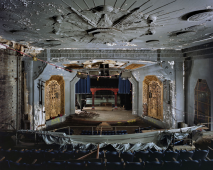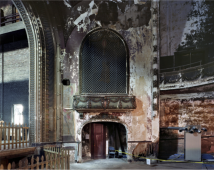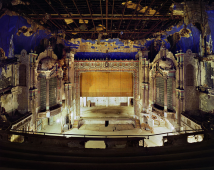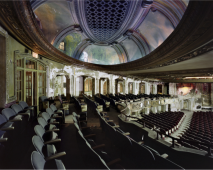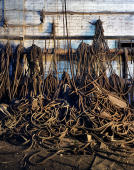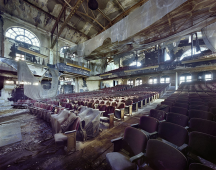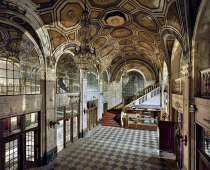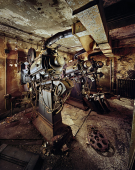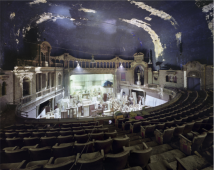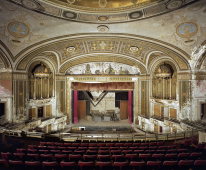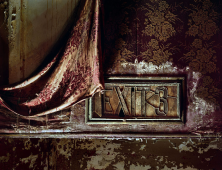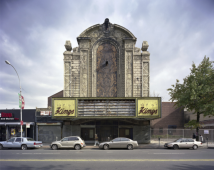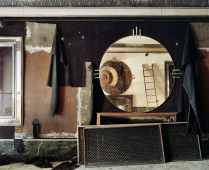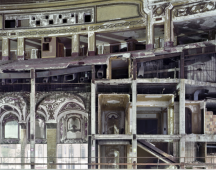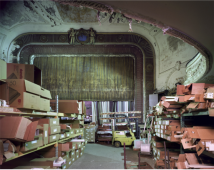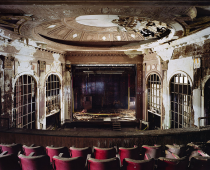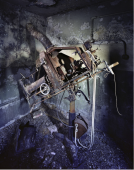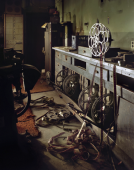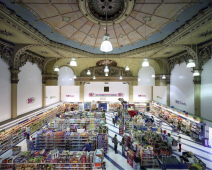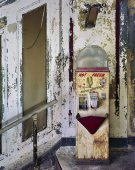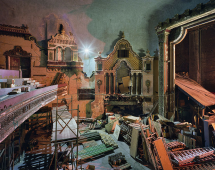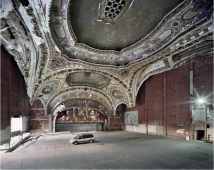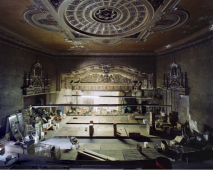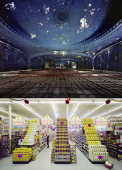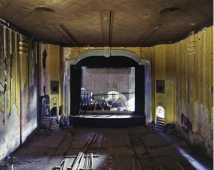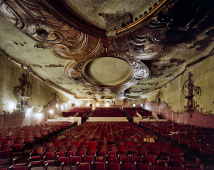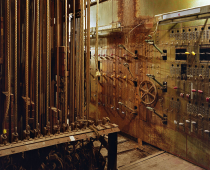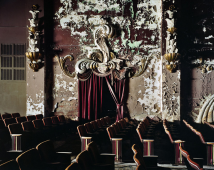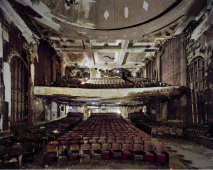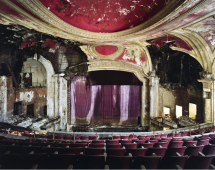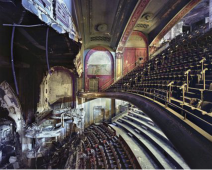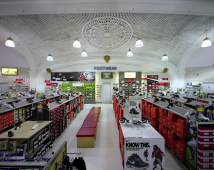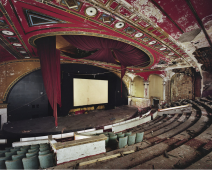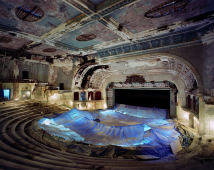Yves Marchand & Romain Meffre
Yves Marchand & Romain Meffre
Theaters is an extensive project that was undertaken in 2006 by Yves Marchand & Romain Meffre, born respectively in 1981 and 1987. In 2005, the French duo came across their first abandoned American movie theater while debuting their work on the ruins of Detroit.
Through Theaters, Yves Marchand & Romain Meffre have established a typology. They first photographed the main auditoriums that have fallen to ruins. Some are still faintly lit or benefit from natural light whereas others are in absolute darkness. They then explore the different spaces surrounding the main room and venture in spaces forbidden to the public. Yves Marchand & Romain Meffre’s documentary work reaches a new height when they come across movie theaters that have been transformed or refurbished.Read more
In order to capture the magnificence of the American movie theaters’s décor, which is influenced by a blend of Italian, Baroque and Art Deco architecture, Yves Marchand & Romain Meffre use a 4x5 camera. This process requires precision, especially when the room is plunged into complete darkness. They resort to long exposures, lighting certain details with handheld flashlights. This method is reminiscent of the technique used by German photographer Karl Hugo Schmölz during the interwar period, where he photographed dark movie theaters along the Ruhr.
Driven by a firm desire to establish a thorough and systematic study and encouraged by their contemporary, Robert Polidori, Yves Marchand & Romain Meffre reference with Theaters the documentary work of the Düsseldorf school and the Bechers, the visual ambition of Karl Hugo Schmölz and the romantic poetry of ruins.
___
HISTORICAL CONTEXT:
Before the enforcement of the Sherman Anti-Trust Act which put an end to the production-distribution-exploitation oligopoly, five "majors" divided the American territory amongst themselves: Paramount in the South, the Midwest and New England; Fox in the American West; RKO and Loews in New York, New Jersey and Ohio; and Warner in Pensylvannia. In the fifties, the baby-boom forced American families to move outside the town centers and into the suburbs. The movie theaters built in the heart of the cities found themselves deserted and abandoned.
Barney Balaban, president for over three decades of Paramount, fostered the architectural grandeur of these movie temples and pioneered the "movie-going experience". Americans went to the theaters for the main features, and also for the cartoons and the news that preceded it and for the live entertainment, the lotteries and the cheap popcorn. Americans did not go see a movie, they went to the movies.





